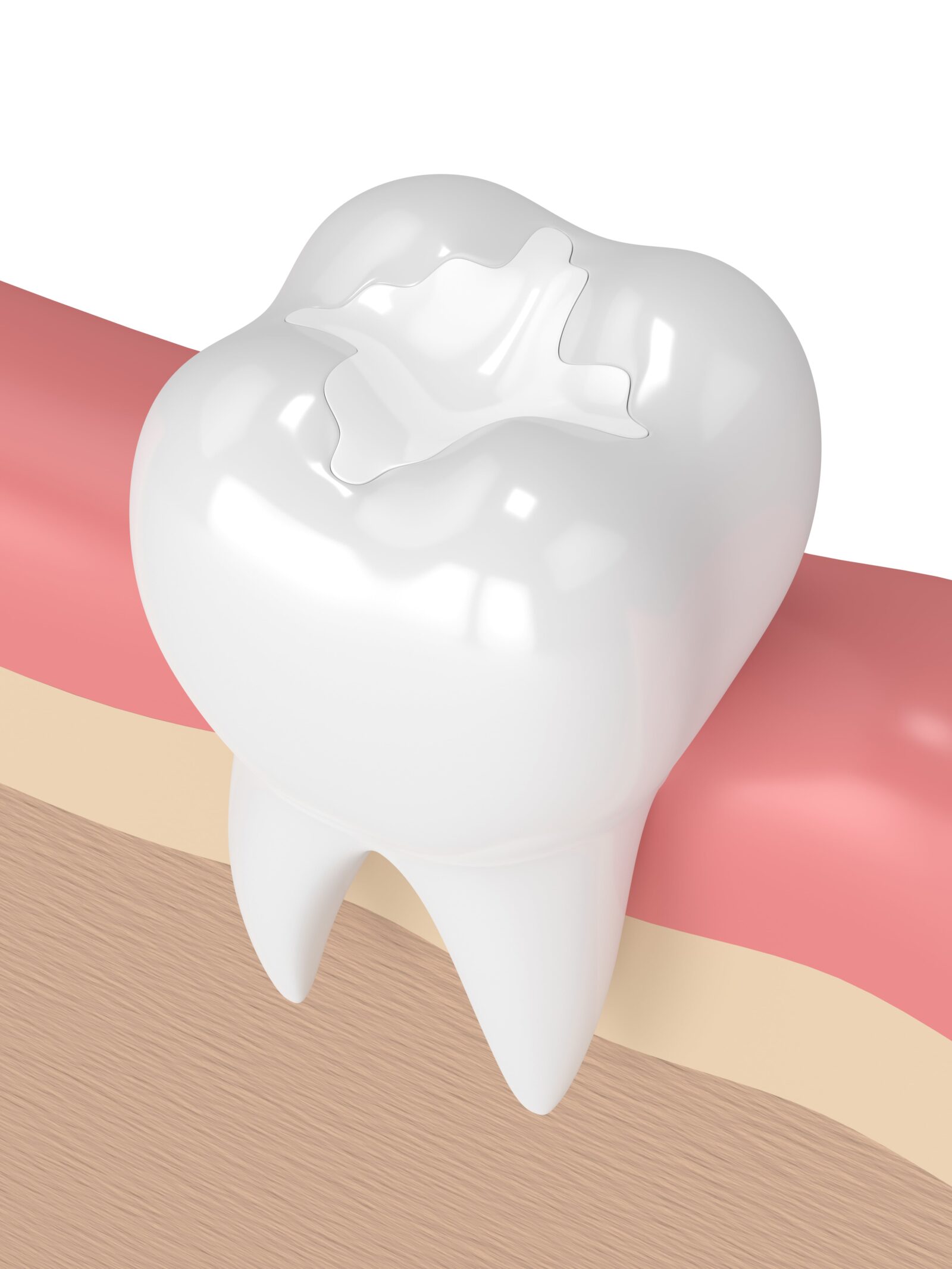Do you have a cavity that needs to be filled? If so, your dentist may recommend a composite filling. Composite fillings are made of tooth-colored materials that are bonded to the teeth, making them a popular choice for people with cavities or tooth pain. Composite fillings can also help to strengthen teeth by preserving their natural structure, protecting against tooth sensitivity, and being repaired if they chip or crack. In this blog post, we will explain what composite fillings are and how they can help to strengthen teeth!
What is a Composite Filling?
Composite fillings, also known as white fillings, tooth-colored fillings, or clear fillings, are made of tooth-colored materials that are bonded to the teeth. Specifically, composite fillings are made from a dental material known as composite resin, which is a mixture of plastic or acrylic resin reinforced with a powdered glass filler. Their appearance makes them a popular choice for people with cavities or tooth pain, as they can blend in with your natural teeth.
How Composite Fillings Strengthen Teeth
Composite fillings can help to strengthen teeth in several ways:
Preserve Natural Tooth Structure:
When a composite filling is placed, only the damaged portion of the tooth is removed. This helps to preserve the healthy structure of your natural tooth. Since your natural teeth are more ideal than any type of restoration material, preserving more of your natural tooth structure helps to preserve your tooth’s natural strength.

Have a Unique Bonding Process:
The bonding process between the composite filling and the tooth is unique. Unlike other types of dental restorations that require the use of dental adhesives or cements, composite fillings can bond directly to the tooth. In fact, this is one reason why less natural tooth structure needs to be removed. The bond created between composite resin and the tooth is exceptionally strong, making it less likely to crack or break. Additionally, the bond creates a tight seal between the filling and the tooth, which prevents bacteria from getting inside.
Protect Against Tooth Sensitivity:
Composite fillings can also help to protect against tooth sensitivity. When a cavity is filled with a composite filling, the tooth is sealed off from outside stimuli. As mentioned above, the bond between composite resin and the tooth creates a tight seal that protects the inside of the tooth. This means that hot and cold temperatures will not be able to reach the nerve endings in your tooth, which can help to reduce or eliminate tooth sensitivity.
Can Be Repaired:
If a composite filling chips or cracks, it can be repaired without needing to replace the entire filling. This is because the tooth-colored material can be easily and effectively re-bonded to the tooth. This once again helps to preserve more of the natural tooth structure and prevents the need for extensive enamel modifications that can weaken the tooth structure. However, there are still some cases where the filling may need to be removed and replaced. If too much of the composite filling is damaged, it may need to be replaced entirely.
Versatile:
Composite fillings are also versatile, as they can be used in a variety of different ways. In addition to being used for cavities, composite fillings can also be used to repair chipped or cracked teeth, to close gaps between teeth (known as diastemas), or to change the shape or color of your teeth. While some of these applications are cosmetic, others are intended to help preserve or improve the overall strength of your teeth to prevent future damage or decay.
How Composite Fillings are Placed
Composite fillings are placed by first removing the damaged portion of the tooth. Once the tooth is prepared, the composite filling material is placed in the cavity and shaped to match the contours of your tooth. A special light is then used to harden (cure) the material. The final step is to polish the filling so that it matches the sheen of your natural teeth.
Dental sedation can help with the placement of composite fillings, as some people may feel anxious or nervous about having dental work done. There are several different types of dental sedation that can be used, and your dentist will recommend the best option for you based on your individual needs. Dental sedation can help you to feel more relaxed and comfortable during the placement of your composite filling, and it can also help to reduce an overactive gag reflex.
In Conclusion
In this blog post, we discussed how composite fillings can help to strengthen your teeth. Composite fillings are a great option for people who have cavities or tooth pain. They help to preserve natural tooth structure, have a unique bonding process, protect against tooth sensitivity, can be repaired, and are versatile. We also explained how composite fillings are placed and how dental sedation can help with this process. If you are considering having a composite filling placed, be sure to talk to your dentist about whether or not dental sedation is right for you.
